In other words, rather than use continuous one-oversampled-shot-a-second mode, as recommended here, to capture a subject, what would be the quality implication of just shooting the scene in 4K video and then getting the stills later on?
To test this, I took three subjects (landscape, foreground, macro) and took both a traditional 5MP oversampled still and a 4K burst, taking a 8MP still from the latter. Now, there are caveats galore here, not least that the subjects were still and anything that you're considering capturing in these modes is likely to be fast moving or fast changing. In addition, the resolutions are slightly different - but they're close enough that using our AAWP comparator should still give a good idea of relevant detail and quality.
The crops below are all at 1:1 as usual, so there's no re-sampling trickery here.
| Note that the interactive comparator below uses javascript and does need to load each pair of images. Please be patient while this page loads, if you see a pair of images above each other than you've either not waited long enough or your browser isn't capable enough! |
Test 1: Landscape
Shot in overcast conditions (UK winter, yada yada), but at least the overall poorish light made for a challenging test(!), here's the overall suburban scene, for context:

In case you want to grab the original images to do your own analysis, here they are, from the oversampled LC5 and moment-grabbed 4K, click the links to download.
Here are detailed 1:1 crops using our famed interactive comparator, just wait to make sure the page has fully loaded and then use your mouse or trackpad pointer to compare the images:
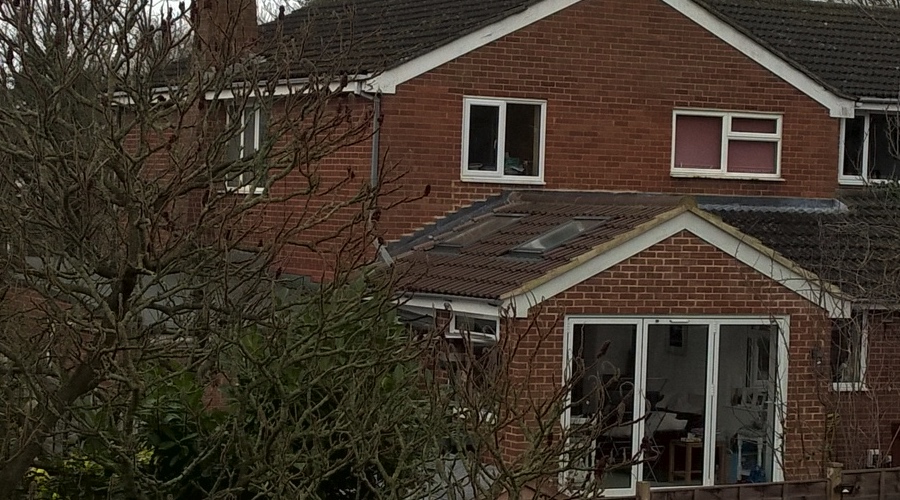
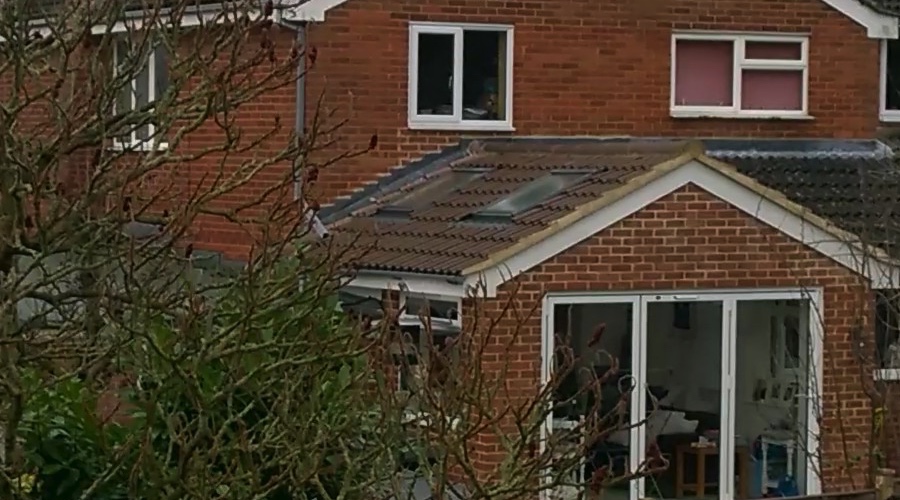
Looking closely, despite the higher resolution, the 8MP image grabbed from the video does have less precision and lower quality than the oversampled 5MP version. This is not surprising, of course, since constructing a still from a video stream is both computationally hard and fraught with quality compromises. You see, the video is comprised of regular baseline frames, after which just the changes are stored, plus both the base frame and increments are all heavily compressed, and all of these have to be reconstituted in order to build up a particular 'still'.
Having said that, I'm being a little picky, down at the pixel level. If the 4K burst was of 'Little Johnny's sports day and it included him crossing the finishing line with a big smile on his face then having a 8MP still at (say) 98% quality is massively better than a 100% quality shot of him slightly earlier or later with his eyes shut and not quite to the line. And the Lumia Moments-grabbed stills here surprised me with their quality - I'd expected them to be quite a bit worse than they were. So kudos to the ex-Nokia imaging (software) engineers etc.
Test 2: Indoor foreground
A detailed indoor, artificially lit, still life scene, here's the overall scene, for context:

In case you want to grab the original images to do your own analysis, here they are, from the oversampled LC5 and moment-grabbed 4K, click the links to download.
Here are detailed 1:1 crops using our famed interactive comparator, just wait to make sure the page has fully loaded and then use your mouse or trackpad pointer to compare the images:

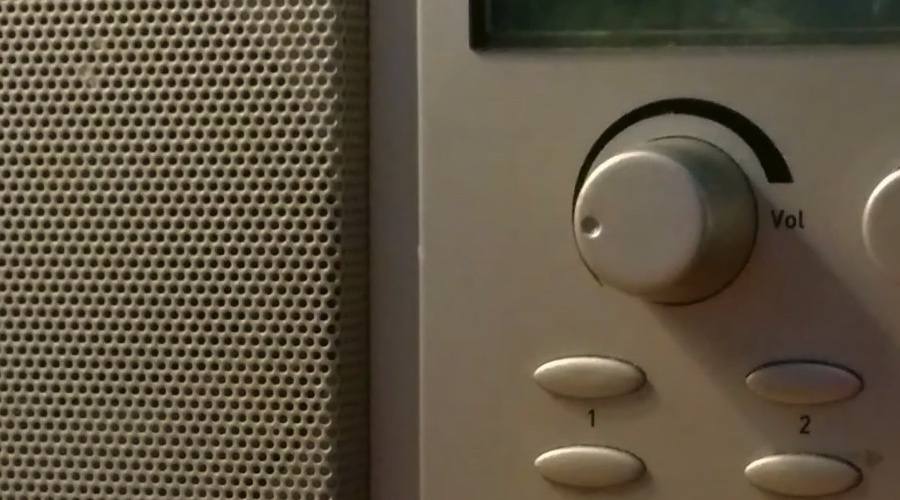
As before, there's significantly less precision in the 8MP 'moment' - again to be expected. Don't worry too much about the differences in white balance - a few millimetres offset in the exact point of capture and focus can make a difference in how the imaging algorithms respond. I know, I know, next time I'll use the tripod for this test!
Test 3: Macro
Shot in a brief moment of sun through the window, here's the overall scene, of a snow globe, for context:
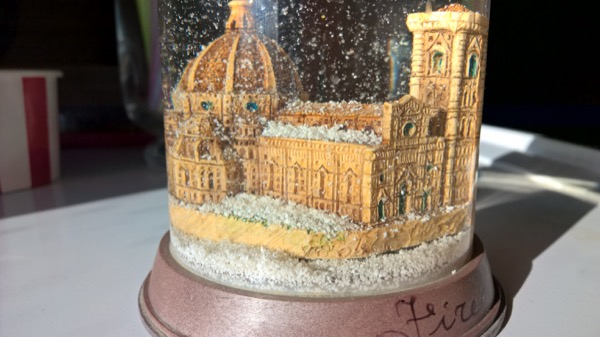
In case you want to grab the original images to do your own analysis, here they are, from the oversampled LC5 and moment-grabbed 4K, click the links to download.
Here are detailed 1:1 crops using our famed interactive comparator, just wait to make sure the page has fully loaded and then use your mouse or trackpad pointer to compare the images:
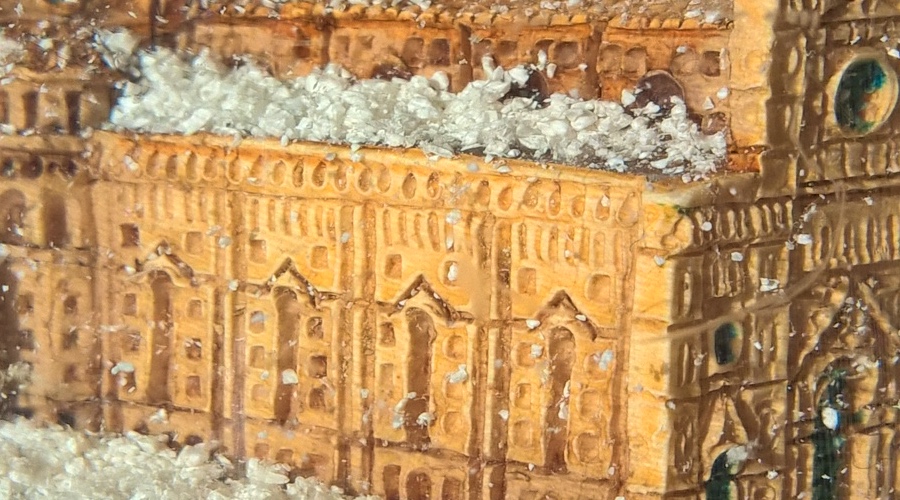

Considering that this was shot through the glass of the snow globe, both images are pretty good, helped by the light. Again I'd give the win to the 5MP oversampled version, though there really isn't that much in it.
Verdict
The amount of work needed to be done by Lumia Moments shouldn't be underestimated - if extracting good stills from video was easy there would be far more bits of software to do it, on all mobile platforms. As it is, even on Android most users resort to screenshotting a paused video, effectively. Lumia Moments, integrated into the editing workflow in Lumia Camera 5, actually does a terrific job, producing results that are very definitely comparable to traditional photos and with hardly any tell-tale signs that they're from original video material.
Additionally, I'm being unfair to it by looking at raw quality against a fully composed still photo under ideal conditions. In real life, you'd either want to take a photo of a static subject or try for something trickier with a moving subject - and with Lumia Camera 5 you have the tools to do both. Snap that sunset - go still, oversampled (with or without Rich Capture). Kids sports day or pet performing a ball trick - go 4K video and grab moments. Easy!
Comments welcome on the quality - have you been able to try out moment capture yourself yet?

